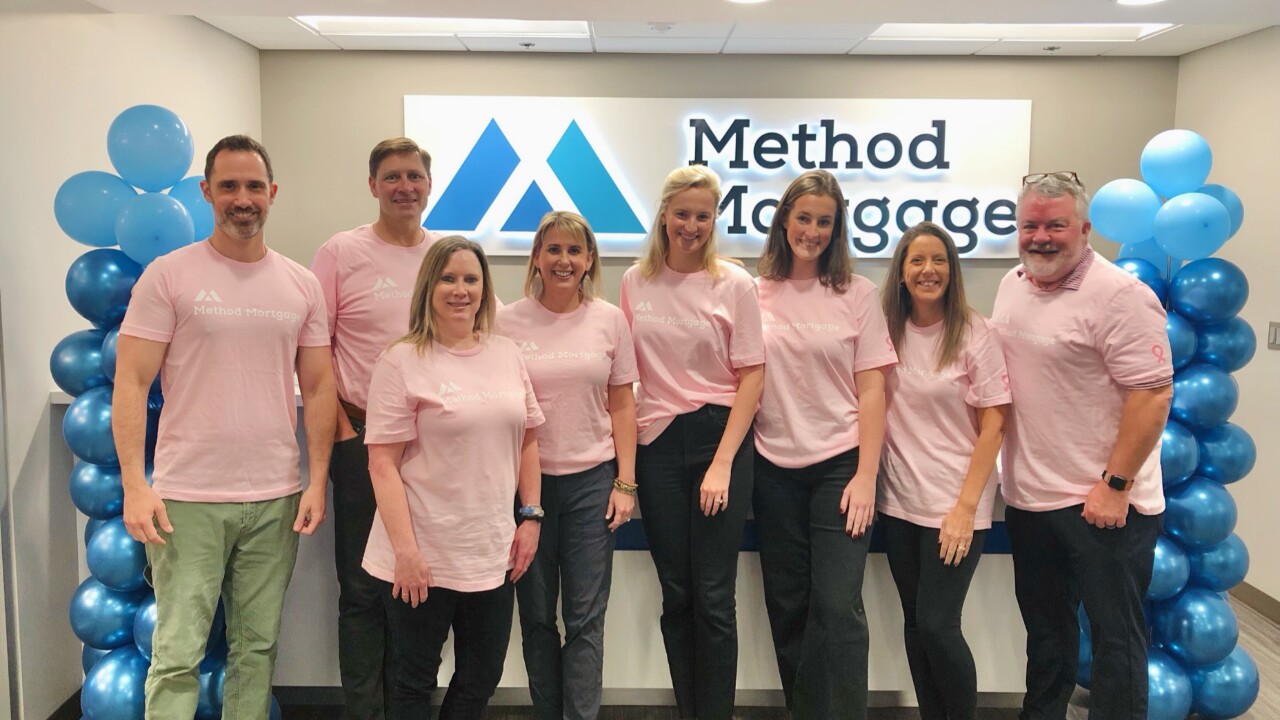Fannie Mae is making technological updates and implementing policy and operational changes as part of an effort to improve servicing.
Central to the government-sponsored enterprise's so-called Simplifying Servicing initiative are updates it made to its loss mitigation tool, Servicing Management Default Underwriter, including a new user interface. These changes will become effective immediately, Fannie Mae said Tuesday.
Through SMDU, servicers determine borrowers' eligibility for Fannie Mae's loss mitigation programs. The new SMDU tool was designed to integrate better into servicing platforms. Additionally, Fannie Mae said that decisions made using the tool would provide servicers with representation and warranty relief.
"SMDU eliminates risk, uncertainty and complexity in the default and loan modification process by simplifying eligibility determinations and offering real-time answers on the best solutions for borrowers," Varma Penmatsa, vice president of servicing digital products at Fannie Mae, said in a news release. "The outcome is a simpler experience for both servicers and borrowers."
Later this year, Fannie Mae plans to automate the creation of modification cases in the HomeSaver Solutions Network platform through SMDU to reduce the need for manual entry.
Beyond the updates to SMDU, Fannie has made other operational and policy changes aimed to improving servicing. Beginning in February, Fannie eliminated the requirement that servicers report single-family mortgage-backed securities swap security balances. Fannie Mae also aligned the investor reporting due dates for various remittance-type mortgage loans and standardized liquidation reporting with Freddie Mac.
Improvements are also being made to the foreclosure process, including the introduction of an improved pre-foreclosure property preservation guide and changes to post-foreclosure responsibilities.
Starting in April, Fannie will take over responsibility for negotiations with homeowners associations nationwide regarding payments for REO properties. The program began in 2013 in Florida and then expanded to Illinois and Nevada last year. Currently, Fannie is working with Chronos, Goodman Dean, Precedent and Stewart on this, but is welcoming proposals from additional vendors.
Similarly, beginning in July Fannie Mae will assume the responsibility for tax payments for REO properties, an initiative it introduced in Florida last year. Thus far, Fannie is working with Goodman Dean and Precedent, but as with the HOA effort it is welcoming proposals from more vendors.
On the expense and invoicing side of servicing, Fannie plans to roll out a document elimination effort to reduce documentation requirements related to claims submissions. A new web-based application will also be introduced later in 2017 that will consolidate portfolio loan-level reporting and provide access to performance metrics.
Other goals Fannie is working toward include facilitating reconciliation of master servicing data to reduce loan-level reporting errors and reducing the need for manual review of servicer reimbursement claims.





